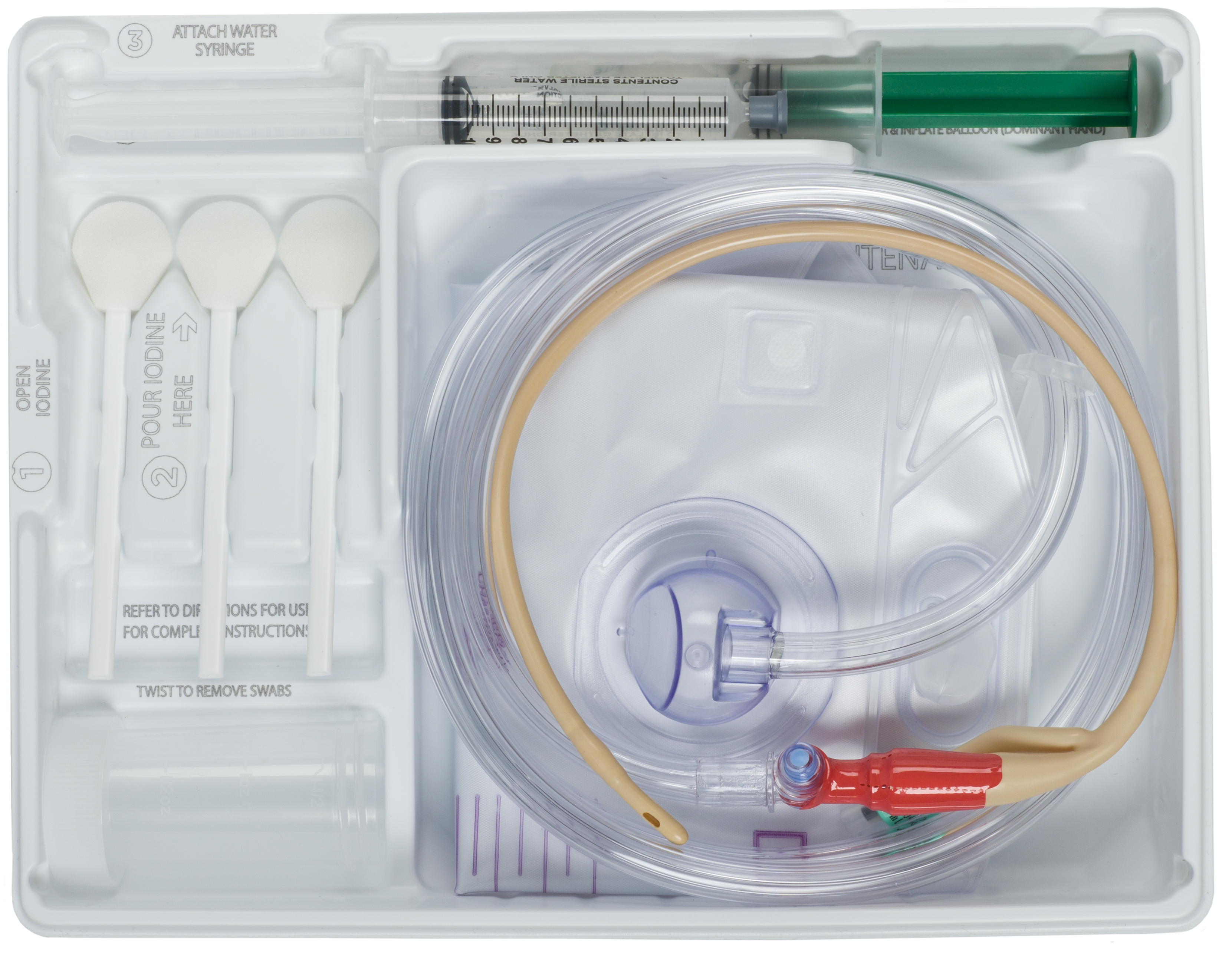Robert W. Yokl, Vice President/COO, SVAH Solutions
Do you believe that Group Purchasing Organizations (GPOs) save big dollars for hospitals, systems, and IDNs across the country? That is a crazy question to ask but believe it or not, 20 years ago there were many organizations that did not belong to a single group purchasing organization let alone committing 60% to 85% of their volume to GPOs as we see today. Why did organizations not believe in GPOs and the savings they could bring about? It comes down to the maturity of the GPO organizations and more importantly, the commitment of hospitals, systems, and IDNs to the use of GPOs as their avenue to gain the best prices. But with any “new thing” it takes time for its adoption as a best practice. It would be silly to think that a hospital, system, or IDN would not belong to a GPO today, but it took over 20 years to get to where we are now.
At One Time GPOs Were Highly Doubted as the Next Big Savings Vehicle
Interestingly, I just read a new report from the Healthcare Supply Chain Association today on the Value of Group Purchasing Organizations and it listed three main valid points that illustrated how GPOs save money, promote standardization, and keep prices down in our supply chain industry. It took over 30 years to get to this point and even now we are seeing more GPOs being formed, mostly on the regional level, to better improve upon the value of the national GPOs. It takes time to adopt the “new next best thing.”
25 Years Ago, Value Analysis Was Obscure, Misunderstood, and Questionable
 You can draw the same parallel to back when I started in the healthcare supply chain over 25 years ago; value analysis (VA) was the big question mark in the minds of many Directors of Supply Chain. Does VA really save any type of substantial money for the organization and can it help sustain our bottom line? Of course, if you ask that same question today you get a no brainer answer of, absolutely! Yet, we fought the uphill battles as a value analysis training, consulting, and solutions provider for many years. What was this uphill battle about? It was about adopting the belief that the concept of value analysis would pay off for the organizations and to what degree.
You can draw the same parallel to back when I started in the healthcare supply chain over 25 years ago; value analysis (VA) was the big question mark in the minds of many Directors of Supply Chain. Does VA really save any type of substantial money for the organization and can it help sustain our bottom line? Of course, if you ask that same question today you get a no brainer answer of, absolutely! Yet, we fought the uphill battles as a value analysis training, consulting, and solutions provider for many years. What was this uphill battle about? It was about adopting the belief that the concept of value analysis would pay off for the organizations and to what degree.
Just like GPOs, value analysis as a primary quality and savings methodology and teaming process is finally getting its due credit and is being universally implemented (or has been implemented) in just about every hospital, system, and IDN throughout the country. There is even a Value Analysis Association (AHVAP) that has been around since 2003 (14 years!). Value Analysis, deployed systematically with a disciplined approach, works to reduce costs and improve quality. However, it is still growing, just like GPOs.
You Don’t Have to Wait 20 Years to Gain the Benefits of SUM Today
Now, we move on to Supply Utilization Management (SUM) which is the next progression of value analysis and supply chain quality and savings performance. What is the goal of SUM? SUM’s primary goal is to create a system to measure, manage, and control the consumption, demand, and utilization of supplies based on a baseline volume centric system. This is not just one price or tracking the items from past VA Projects or just surgery products/instruments, but to track and alert you to potential risks to your bottom line and/or quality.
SUM is based on the fact that hospitals are volume-oriented through and through. If patient volume (there are multitudes of volume areas and related supplies) is up, we use more supplies. If patient volume is down, then we should use less supplies. But what if volume is down or at normal levels and the consumption is up? Is this going to continue to hurt the bottom line? Was it a one-off instance or a systemic problem we must deal with sooner rather than later? How do we know this is happening on the organizational, departmental, or procedural level? If it is happening on just product X or category Y, how do we know where else it is happening in the over 5k to 25K worth of products at our organization? SUM is not a one-time event or one look back at a VA project or contract implementation. It is a system that enhances contracting, value analysis, and quality of patient care (gives more time back to nurses to take care of patients) because it provides a new level of intelligence into the supply chain department.
SUM Will Give You a New Level of Intelligence for Your Contracting and VA Programs
 Take all of your products and use the 80/20 rule to assign a major metric to each major and minor category; in turn, you track EVERY category of product, service, and technology. Then, have it alert you to increases in cost per volume baseline metric (endoscopy case, patient day, etc.) by category or by product within category. If we use custom packs as an example, you would not need to review all the packs, you would only review the packs that were running over baseline as compared to their specific case volume. You would then be alerted to this and your team would only spend the time on five to ten packs and not on fifty. Most importantly, SUM is perpetual so the alerts could be weekly, monthly, quarterly, etc. The good news is that you would now have alerts and be proactive on utilization instead of reactive or not active at all.
Take all of your products and use the 80/20 rule to assign a major metric to each major and minor category; in turn, you track EVERY category of product, service, and technology. Then, have it alert you to increases in cost per volume baseline metric (endoscopy case, patient day, etc.) by category or by product within category. If we use custom packs as an example, you would not need to review all the packs, you would only review the packs that were running over baseline as compared to their specific case volume. You would then be alerted to this and your team would only spend the time on five to ten packs and not on fifty. Most importantly, SUM is perpetual so the alerts could be weekly, monthly, quarterly, etc. The good news is that you would now have alerts and be proactive on utilization instead of reactive or not active at all.
This may also help you track the real results of any price, value analysis, or cost savings as your baseline (not benchmark, your baseline) cost per volume metric should go down if your savings are implemented effectively. If it does not go down then you will be alerted to revisit the change.
It’s Time to Start Thinking About SUM Today
Just like GPOs and Value Analysis integration to your supply chain (which more than likely took you years to accept and feel good about), SUM is that next realm that you need to start thinking about, not tomorrow, but today. Why? Because it will help you uncover the last 7% to 15% of untouched savings opportunities that have nothing to do with price or standardization and can fuel your value analysis agenda with the biggest savings and quality opportunities based on your own real data.





